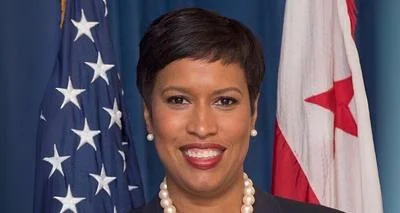Study suggests drug-monitoring programs underutilized

“State prescription-drug monitoring programs are common tools intended to reduce prescription-drug abuse and diversion, or the nonmedical use of a prescribed drug,” the abstract to the study said. “The success of these programs depends largely upon physicians’ awareness and use of them.”
In 2014, researches from the Johns Hopkins Bloomberg School of Public Health surveyed 1,000 practicing primary-care physicians to gauge their awareness and use of prescription-drug monitoring programs.
A total of 420 eligible physicians returned the completed survey. Of all the physicians surveyed, 72 percent were aware of their states' prescription-drug monitoring programs, and 53 percent reported using one of the programs.
The researchers found that barriers possibly are preventing greater use of the programs, including the time-consuming nature of information retrieval and the lack of an intuitive format for data that is retrieved.
To increase program use, the report suggests that states should consider implementing legal mandates, taking measures to enhance easy access to the programs and investing in prescriber outreach.










 Alerts Sign-up
Alerts Sign-up